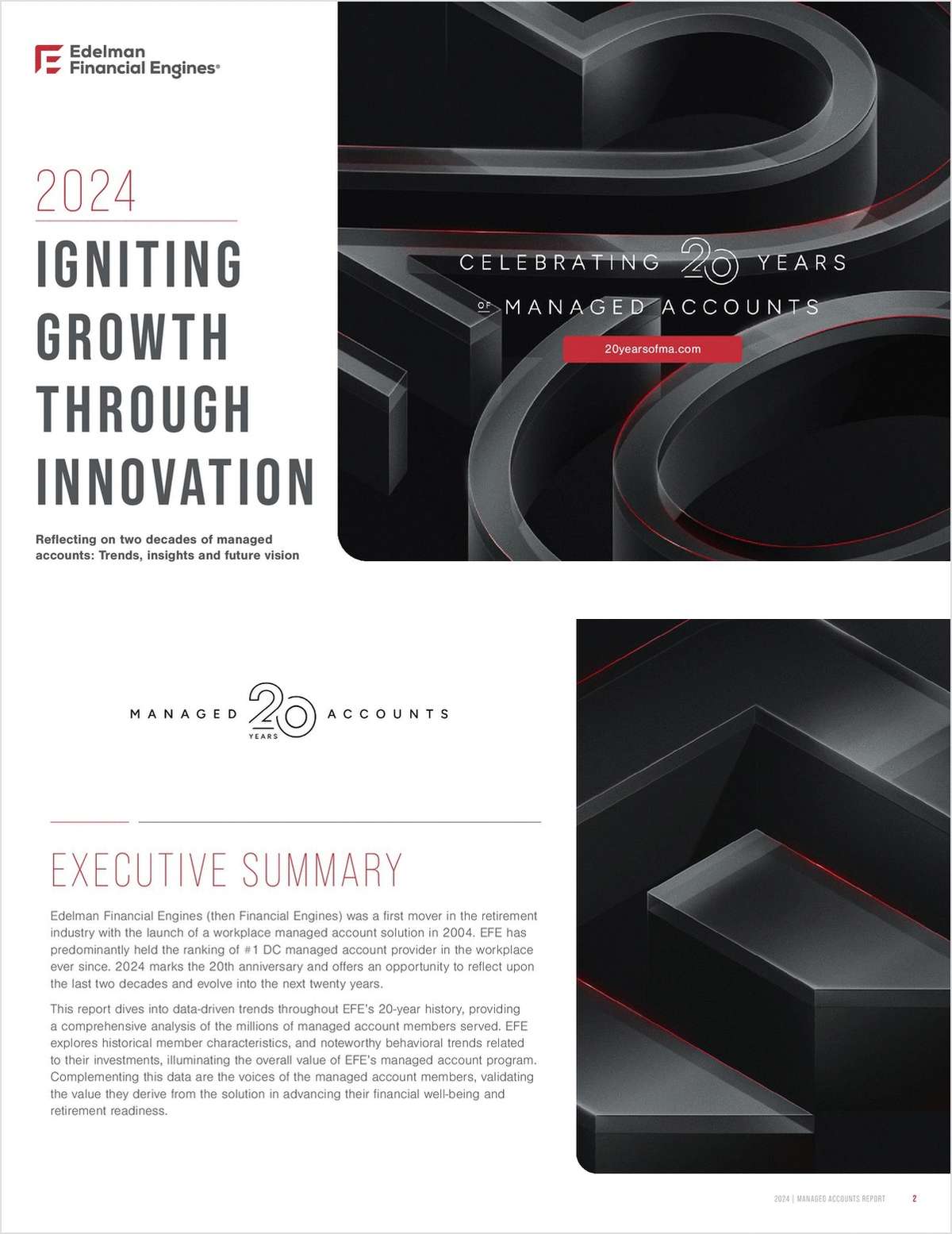
Although internal communication is always critical, it has taken on heightened importance since the pandemic began.
"No one could have predicted that we would experience a third consecutive year of significant change, especially one that further influenced a deep shift in personal and organizational priorities," according to the latest State of the Sector report from Gallagher. "From war to inflation, global events have affected each of us individually, leaving internal communicators with a tough terrain to navigate."
Continue Reading for Free
Register and gain access to:
- Breaking benefits news and analysis, on-site and via our newsletters and custom alerts
- Educational webcasts, white papers, and ebooks from industry thought leaders
- Critical converage of the property casualty insurance and financial advisory markets on our other ALM sites, PropertyCasualty360 and ThinkAdvisor
Already have an account? Sign In Now
© 2024 ALM Global, LLC, All Rights Reserved. Request academic re-use from www.copyright.com. All other uses, submit a request to [email protected]. For more information visit Asset & Logo Licensing.








